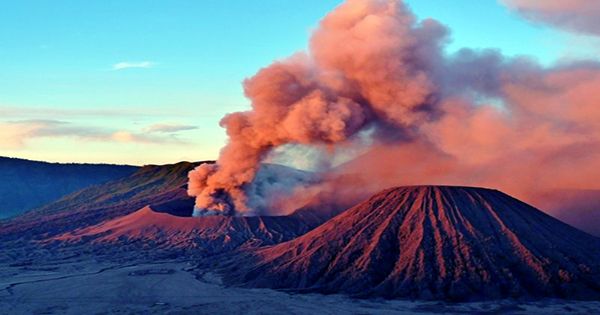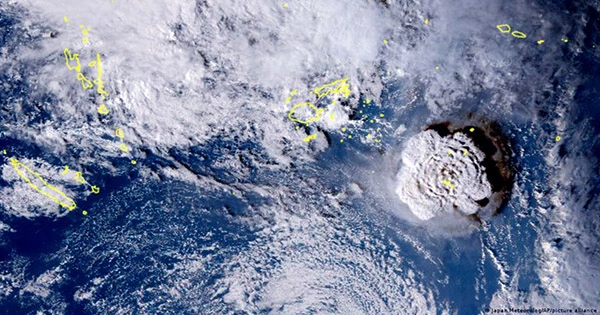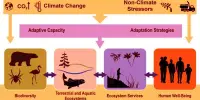The Hunga Tonga-Hunga Ha’apai eruption shook the Pacific on January 15, 2022, causing a large and catastrophic tsunami and shooting a plume of debris into space. Early estimates imply that this was the most powerful volcanic eruption of the twenty-first century so far, and a new study backs up those claims. The eruption had a Volcanic Explosivity Index (VEI) of 6, according to the research, which was published in the Geophysical Research Journal. This is the most powerful volcanic eruption since Mount Pinatubo in the Philippines, which had a VEI of 6 in June 1991.
The Hunga Tonga-Hunga Ha’apai eruption emitted 500 times the energy of the atomic bomb unleashed on Hiroshima by the United States in 1945. It was also 9,000 times more powerful than the explosion that occurred in Beirut’s waterfront in 2020. It triggered a tsunami with waves as high as 15 meters (49 feet), killing at least 6 people and leaving numerous more missing. The absence of close monitoring stations on the volcano, which was barely above the ocean water when it erupted, makes calculating the extent of the eruption challenging. However, the scale was so massive that it was felt all over the world, and experts were able to derive this estimate based on that data.

“We show how data from seismographic stations throughout the world, which are accessible in real time, can be evaluated to estimate primary eruption parameters such as location and size in less than 2 hours after occurrence,” the authors said in the report. Because many volcanoes are located in difficult-to-reach places, this method might be highly beneficial in volcanology. The VEI might be predicted more correctly and faster in the future thanks to future eruptions, improved models, and adjustments to current approach.
The majority of the world’s most active volcanic activity occurs in distant locations such as deep seas or poorly monitored oceanic island arcs. As a result, we can only monitor volcanoes through remote sensing and global geophysical measurements. However, for scientific knowledge of the eruptive process and quick hazard prediction, rapid calculation of volcanic eruption parameters is required. Based on seismic data analysis, we describe a strategy for quickly identifying big volcanic eruptions.
We were able to predict the Hunga Tonga Ha’apai eruption on January 15, 2022, using this technology. The seismic waves created by the volcanic eruption are then analyzed and essential first-order characteristics are estimated. The factors are also linked to the volcanic explosivity index (VEI). The Hunga Tonga eruption is among the biggest volcanic activity ever recorded with current geophysical instruments, according to our estimate of VEI 6, which can give new insights into the mechanics of massive eruptions.
















